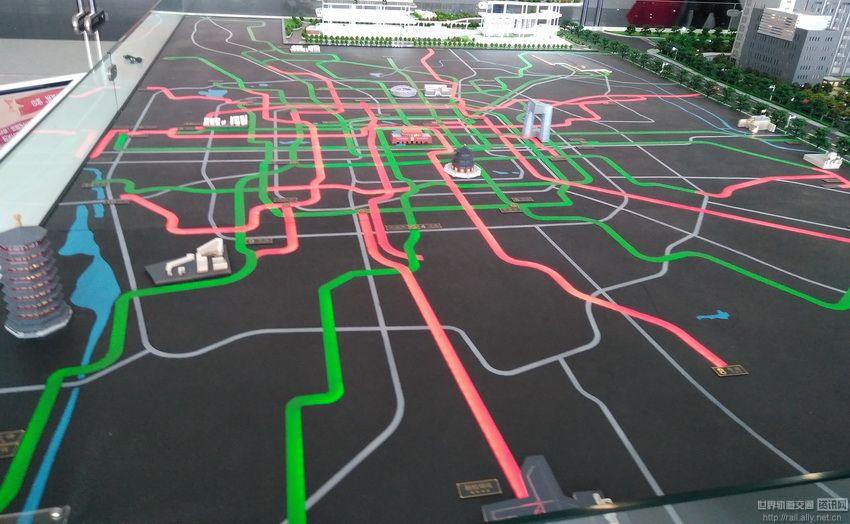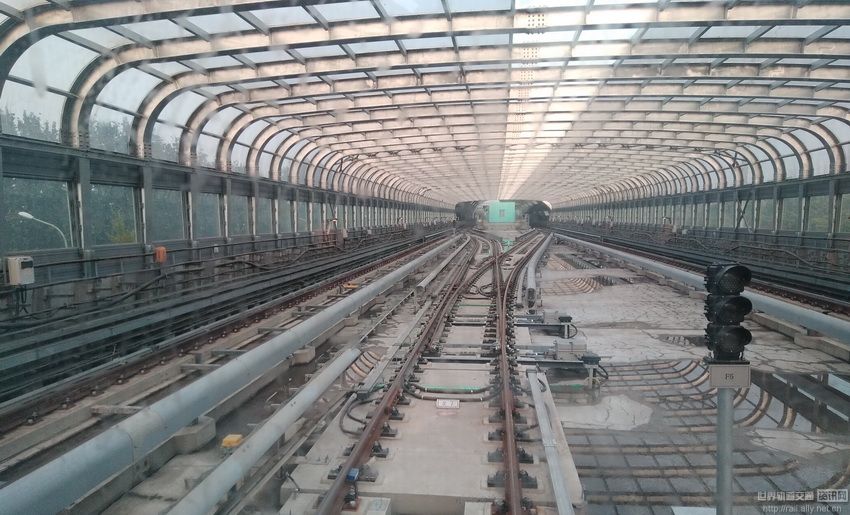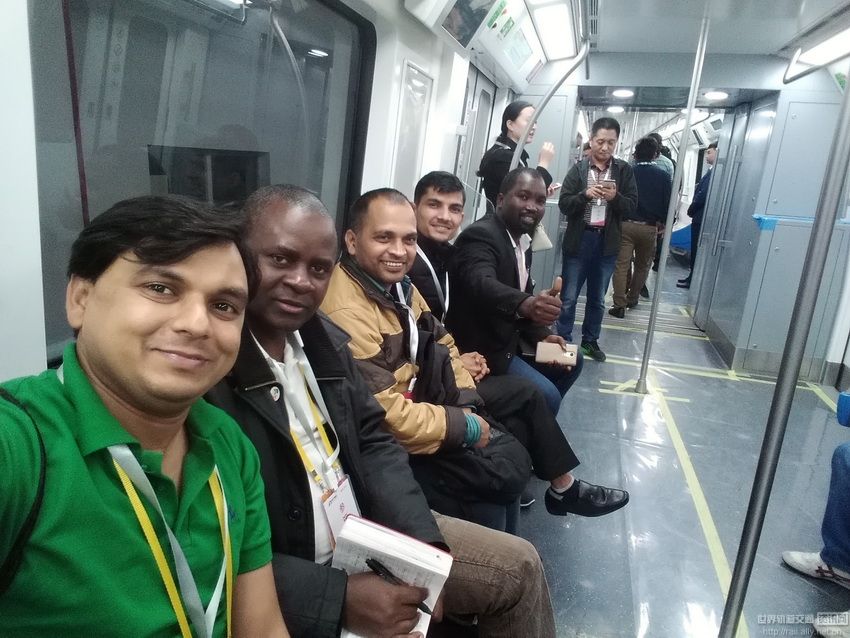Chinese capital to increase subway network to 900 km in 2020
2017-11-15 16:22:39
As China transits to a new development era, Beijing, the capital city’s underground train, subway or metro authorities are working hard to take the network from 574 km with 19 lines to 900 km with 30 lines in 2020 to transport 15 million passengers a day. Three new lines will go operational at the end of 2017, taking the total distance of Beijing’s subway network to 610 km. Beijing has a population of just over 23 million.
Currently, 11.5 million people are transported each day in Beijing by the underground train system that employs over 30,000 workers and uses 8,835 trains, Zhan Minghui, Director of the Beijing Metro Network Control Centre told Chinese and foreign journalists recently during a guided visit to the centre. Line 10, with 45 stations, which is 54 km-long, is the busiest. It transports over a million passengers a day.
Planning for Beijing’s metro system began in 1957, but construction actually started in 1965. The first rail line went operational in 1969. In 2000, there were only two subway lines with a total distance of 54 km, transporting 2 million passengers a day. Some 17 years on, there are 19 lines, a 574-km network and 11.5 million people on average transported a day. There are currently 345 stations. Between 2003 and 2016, at least 600 billion RMB was invested in developing the city’s metro system.
The control centre, with almost 400 staff, oversees the smooth functioning of the Beijing Metro Network through video surveillance. Using Big Data, workers are able to tell how many passengers enter and leave a subway station. Any delay in the arrival of a train is immediately shown on the big screen in the monitoring centre – likewise fire incidents and breakdowns of equipment.

In case of fire outbreak, an automatic alarm is set off, informing the police to intervene immediately as passengers are evacuated. If the fire is big, more resources are called in. The distance between each station is less than two minutes, with security guaranteed, officials assured.
Plans are underway to extend the subway network to all of Beijing’s neighbourhoods and to neighbouring Hebei Province as well as connect to a new 150-km per hour line from Beijing New Airport now under construction. The speed of Beijing’s subway system is 80 km per hour in the downtown area and 100 km an hour in the suburbs.
Meanwhile, an automatic rail line with unmanned trains is being tested in Fangshan District, some 50 km on the outskirts of Beijing. The 14.4-km line with 16 trains will go operational at the end of 2017, Xu Ding, the Chief Manager, told journalists. A coach costs 8 million RMB and each train takes four coaches. Sensors in the trains can send out alerts of any barriers on the way, bringing the trains to a halt.
4-G technology is also used to communicate with the control room, the first time this is said to be happening in the world, Ding averred. Officials say safety and reliability are of the highest order in the fully Chinese-developed trains and systems. Some trains are completely automatic while others have some level of human monitoring.



